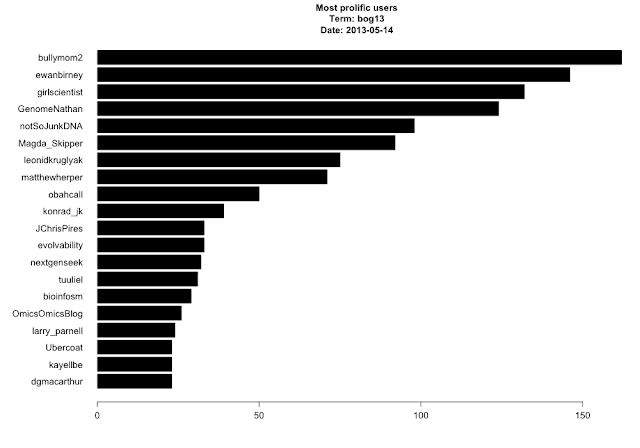Since the near beginning of genome-wide association studies,
the PLINK software package (developed by Shaun Purcell’s group at the Broad
Institute and MGH) has been the standard for manipulating the large-scale data
produced by these studies. Over the
course of its development, numerous features and options were added to enhance
its capabilities, but it is best known for the core functionality of performing
quality control and standard association tests.
Nearly 10 years ago (around the time PLINK was just getting
started), the CHGR Computational Genomics Core (CGC) at Vanderbilt University started work
on a similar framework for implementing genotype QC and association tests. This project, called PLATO, has stayed active
primarily to provide functionality and control that (for one reason or another)
is unavailable in PLINK. We have found
it especially useful for processing ADME and DMET panel data – it supports QC
and association tests of multi-allelic variants.
PLATO runs via command line interface, but accepts a batch
file that allows users to specify an order of operations for QC filtering
steps. When running multiple QC steps in
a single run of PLINK, the order of application is hard-coded and not well
documented. As a result, users wanting
this level of control must run a sequence of PLINK commands, generating new
data files at each step leading to longer compute times and disk usage. PLATO also has a variety of data reformatting
options for other genetic analysis programs, making it easy to run EIGENSTRAT,
for example.
The detail of QC output from each of the filtering steps is
much greater in PLATO, allowing output per group (founders only, parents only,
etc), and giving more details on why samples fail sex checks, Hardy-Weinberg
checks, and Mendelian inconsistencies to facilitate deeper investigation of
these errors. And with family data,
disabling samples due to poor genotype quality retains pedigree information
useful for phasing and transmission tests. Full documentation and
download links can be found here (https://chgr.mc.vanderbilt.edu/plato). Special thanks to Yuki Bradford in the CGC for her thoughts on this post.










